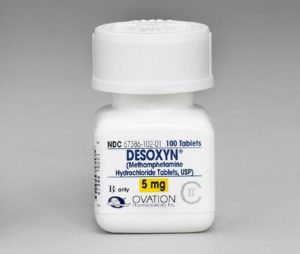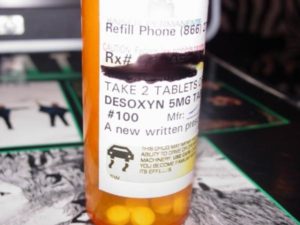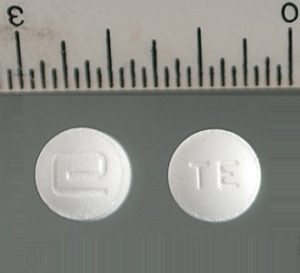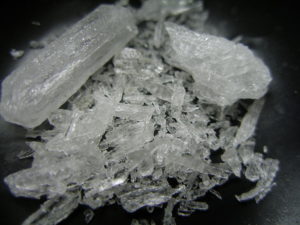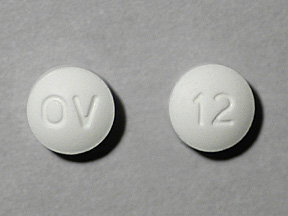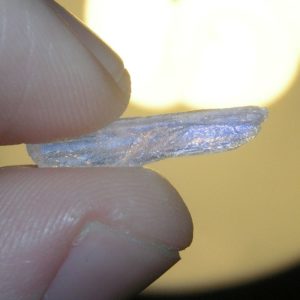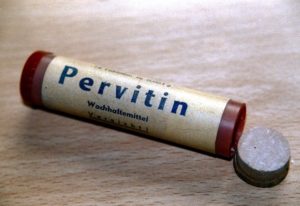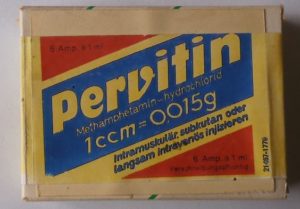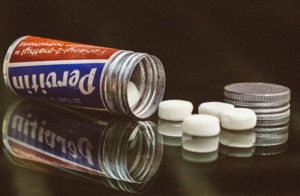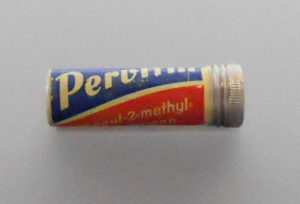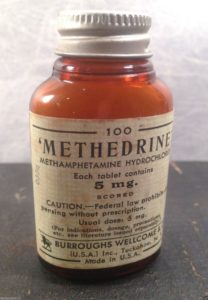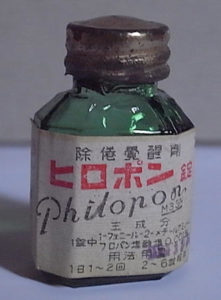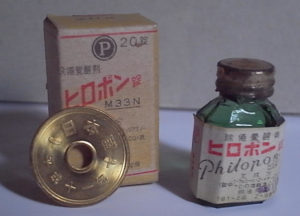Methamphetamine is a widely used stimulant in the amphetamine class. It was synthesized in 1893, but it didn’t become popular until around the 1930s. Since then, it has been used in both medical and recreational settings.
It’s a euphoric and clearly recreational drug, though it can provide more “productive” stimulation at low-common doses.
Most of its harms have been exaggerated. However, neurotoxicity is a concern with heavy use, psychosis can arise, and it can even be fatal when not taken in a careful manner.
Methamphetamine = Meth; Crystal; Glass; Crank; Yaba; Desoxyn; Sisa; Metamfetamine; d-N-methylamphetamine;
(RS)-N-methyl-1-phenylpropan-2-amine
Dose
Oral (medical)
Total: 10 – 25 mg/day
Oral
Light: 5 – 15 mg
Common: 15 – 30 mg
Strong: 30 – 45 mg
Intranasal
Light: 5 – 10 mg
Common: 10 – 30 mg
Strong: 30+ mg
Inhalation
Light: 5 – 10 mg
Common: 10 – 25 mg
Strong: 25 – 40 mg
Intravenous
Light: 5 – 10 mg
Common: 10 – 30 mg
Strong: 30+ mg
Timeline
Oral
Total: 6 – 8 hours
Onset: 00:20 – 00:45
Intranasal
Total: 2 – 4 hours
Onset: 00:05 – 00:10
Inhalation
Total: 2 – 4 hours
Onset: Under 5 minutes
Intravenous
Total: 2 – 4 hours
Onset: Under 2 minutes
Experience Reports
Test Results
References
(2015) Chronic methamphetamine abuse and corticostriatal deficits revealed by neuroimaging.
(2015) The effects of adolescent methamphetamine exposure
(2015) Recent advances in methamphetamine neurotoxicity mechanisms and its molecular pathophysiology.
(2014) The neurobiology of methamphetamine induced psychosis
(2014) Methamphetamine: Fact vs. Fiction and Lessons from the crack hysteria
(2014) Accidental death via intravaginal absorption of methamphetamine.
(2014) Exploring methamphetamine trends in Europe
(2012) Is cognitive functioning impaired in methamphetamine users? A critical review.
(2011) Role of sigma receptors in methamphetamine-induced neurotoxicity.
(2011) Methamphetamine for Hitler’s Germany: 1937 to 1945.
(2009) A review of the clinical pharmacology of methamphetamine.
(2008) Hyperthermic and lethal effects of methamphetamine: roles of dopamine D1 and D2 receptors.
(2008) Major physical and psychological harms of methamphetamine use.
(2007) Methamphetamine and cardiovascular pathology: a review of the evidence.
(2007) Neurocognitive effects of methamphetamine: a critical review and meta-analysis.
(2006) Human pharmacology of the methamphetamine stereoisomers.
(2005) Implications of chronic methamphetamine use: a literature review.
(2002) Patterns of methamphetamine abuse and their consequences.
(2000) History of the methamphetamine problem.
(1998) Psychophysiological aspects of amphetamine-methamphetamine abuse.
(1994) Fatal and nonfatal methamphetamine intoxication in the intensive care unit.
(1984) A fatal methamphetamine poisoning associated with hyperpyrexia.










